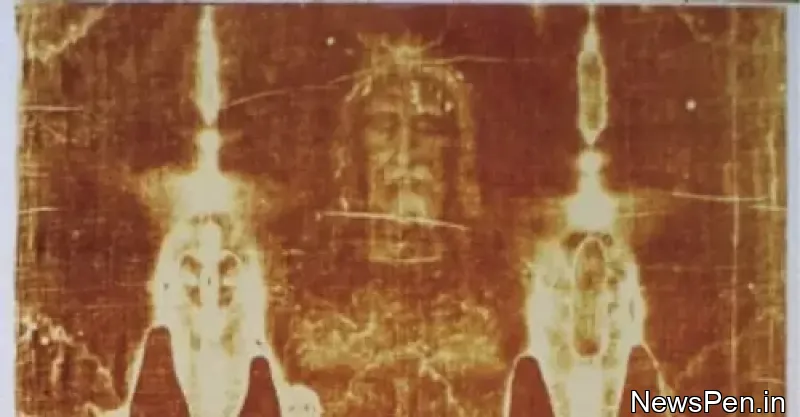X-Ray Technique in Science revealed Shroud of Turin dates to around the time of Jesus' death and resurrection

After a scientific approach discovered that the Shroud of Turin is around 2,000 years old, it is thought to have originated during the period of Christ's death and resurrection.
The Shroud, which is now housed in the Cathedral of St. John the Baptist in Turin, Italy, depicts a crucified man. For years, specialists and scientists have studied the garment to discover if it was Jesus Christ's burial cloth.
In a recent interview with the National Catholic Register (NCR), Italian scientist Liberato De Caro detailed how he used "Wide-Angle X-ray Scattering" (WAXS) to determine the age of the Shroud of Turin.
According to CBN News, the WAXS technique findings contradict a 1988 carbon-14 analysis that showed the Shroud was only 700 years old.
"Fabric samples are usually subject to all kinds of contamination, which cannot always be controlled and completely removed from the dated specimen," De Caro explained to NCR.
"If the cleaning procedure of the sample is not thoroughly performed, carbon-14 dating is not reliable," he continued. "This may have been the case in 1988, as confirmed by experimental evidence showing that when moving from the periphery towards the center of the sheet, along the longest side, there is a significant increase in carbon-14 (radiocarbon dating)."
De Caro, according to Aleteia, claimed that the WAXS approach gives more accurate results. He also mentioned that the procedure was applied on many samples of ancient textiles dated from 3000 BC to 2000 AD.
De Caro discovered that the Shroud of Turin matched a piece of cloth from the siege of Masada, Israel, in 55-74 AD after comparing it to the samples.
"The technique of dating linen by X-ray is non-destructive," De Caro explained. "Therefore, it can be repeated several times on the same sample. It would be more than desirable to have a collection of X-ray measurements carried out by several laboratories, on several samples, at most millimetric in size, taken from the Shroud," he said.
The Shroud of Turin is said to have originated in the Middle East before making its way to Europe. According to De Caro, pollen samples from ancient Palestine were discovered during an examination of the Shroud.
DISCLAIMER: The news content above is submitted by Newspen users and also scrapped from external websites.







